By: Ruhullah Kazemi, PHD in Islamic Philosophy
Translated by: Mohammad Sakhi Rezaie
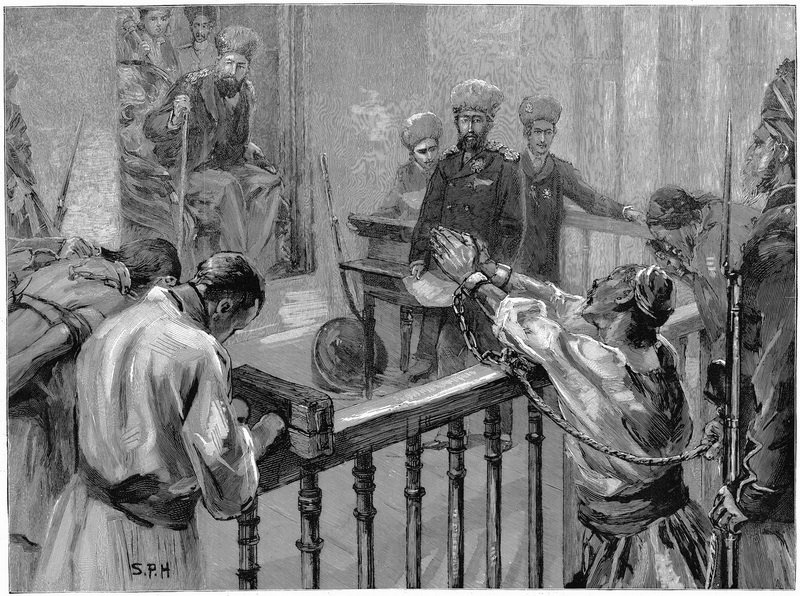 Phenomenology of the Bloodiest Conflict of the 20th century from the Perspective of Nation-State building
Phenomenology of the Bloodiest Conflict of the 20th century from the Perspective of Nation-State building
Part 2
- The first war; Emirate and the Refusal of the Nation-State
The centuries of Afghanistan show Afghanistan rulers as the machine of murder, genocide, looting and discrimination and foolishness. But Abdul Rahman is the unique face of the Afghan rulers, before his rule and after his rule. Abdul Rahman, under a specific conditions and factors, conditions the political will inclined to ethnicity and tyranny to specific bloody actions; it means the political will inclined to ethnicity and tyranny for establishing power has ended to catastrophe during the current history which tyranny and shedding the blood has been the preconditions for ruling the country. But how it happened? First we would like to assess the historical causes and context of this trend; the factors shedding light of the root causes of the bloody century of Afghanistan.
1.3 Historical causes and foundations
Looking at the early days of this century, we identify some causes which stretches from eighteenth and nineteenth century to some catastrophic extremism into twentieth century. It means Abdul Rahman’s war had roots in two centuries before. Thus, it is necessary to be discussed.
Narration of Faiz Muhammad Kateb in volume I and II of Siraj al-Tawarikh, of Afghanistan geography, warmongering of Afghan rulers, type of their relations and their understanding of people, shows a historical context that not only makes the catastrophe possible but inevitable. The bloody geographical dominance of Afghan rulers from 1747 during the reign of Ahmad Shah Durani in South-East (Kateb, 2002, V 1: pp 76-90), Kashmir (ibd, 61-62 and 109-110), and Delhi (ibd, 90-91) has been stretched continuously to the west and sometimes the greedy Afghan rulers have attempted to seize Khorasan and Nishabor provinces.
The governance on these areas was ensured by predatory economics, wildness and uncontrolled violence and it gradually diminished in East-South (ibd, 308-309 and 338) and Great Britain takes the control of the area (ibd, 323). Afghan rulers were defeated in the west of Afghanistan after several wars. Though Afghanistan have witnessed bloody wars, but neither there is rationality in its aggressions and nor in its civil wars. As a result, this period lacks any foundation the way forward and on the other hand it is the base of disappointments.
Now in a glance on Balkh, the pre Islamic Bactria and Khorasan period which is named Afghanistan (the name of an ethnic group- Pashtun) after 1747 and focusing on the events and characteristics of the country, we conclude it has changed to anarchism and blind prejudice and since then it only has seen blood and looting. Contrary, and war based anarchy tries to dominate others, but it fails and is enslaved itself. We should focus that this anarchy has led to slavery and it is the biggest reason behind the resistance to change in Afghanistan. Therefore, Abdul Rahman’s reign has the following characteristics:
- Simple structure of governance:
If we look at the governance structure from Kateb’s narrative during Ahmad Shah Durrani and Timur Shah’s age, there are two sensitive high positions in the government post: Advisor Minister and Civil Position for revenue collection (ibd, P. 135).[1] Such structure means that not only the governance is too week in terms of rationality but it only a structure for war, looting, grasping the lands of the people and leisure of the families of the rulers and not a national political umbrella.
B. Rulers’ subjugation with the presence of the Great Britain, the Afghan rulers gradually were subjugated. For example, Shah Shujah was sent from Sindh to Afghanistan to rule the country (ibd, 323) and he was such obedient to the Great Britain and lacked decisiveness that the Ghaljaeis’ Khans rebelled against him (ibd, 432 and 472-473) and this applies to Dust Mohammad Khan (ibd, 497-512(. But such subjugation deepens during the reign of Abdul Rahman Khan (ibd, 367-372 and 384-385) and changes to a rule model in Afghanistan (Ghobar, 1368:639-641). Further, we should keep in mind that no ruler has ruled Afghanistan without the foreign support and our domestic and foreign policies have been shaped in the framework of the big foreign powers.[i] As a result, all Afghan rulers have been businessmen of our fate. C. War: From the beginning to the end of Volumes one and two of Serajul Tawarikh is full of wars among ruling families (ibd, 194-205) and among the different tribes within Afghanistan and out it (ibd, 138-1410). However, these wars have four common characteristics: 1. Focusing on power, 2. Full of cruelty and killing, 3. Do not pursue a human and collective purpose, 4. Are disorganized and lack rationality (ibd, 251).
- Plundering: These wars have no goal but plundering and killing the people, especially women and children.
- Lack of legitimacy: These governments lacked legitimacy due to war mongering, political lust, robbery, land usurpation, displacement, lack organization and management, lack of presence of people in decision making processes and lack of a human purpose.
- Racism: As the power and authority have been dominated by the narrow circle of the family, in a broader context, they were dominated by a specific tribe. As aa result, they had certain catastrophic political, historical, economic, social and cultural consequences for the country. Such processes started from the era of Ahmad Shah Durrani and was exacerbated by Abdu Rahman Khan and other Afghanistan Pashtun rulers.
One: Eradication in not condemned in nowhere of the history of Afghanistan, but praised by the rulers. And if one asks what has been the status of the people in such political systems, we should say they had no place in such governments and enjoyed no rights and they have always been suppressed and killed to sustain the rule of the rulers.
Two: On the other hand, people were not aware that they could take part in political decision making processes to establish their ideal government although their lack of awareness had catastrophic consequences for the whole nation. It is why have no political collective action; we only have seen people serving the lust of the politicians. The issue is that people did no question the politicians and why they fought and what they fought for. In other words, people were considered as sheep and the rulers misused them as they wished.
Three. Lack of rationality: At the absence of rationality and anarchism as the absolute behavior of the rulers and those who ruled over, and as a result, we just struggle around the same circle of conflicts; lack of a bright future, is one of the consequences of catastrophes in Afghanistan.
Four: The refusal of Nation-state: The above mentioned results, clearly show refusal of nation-state in Afghanistan. The rulers have acted as the machine of killing and robbing the people. The vicious governance system is cemented by Abdur Rahman Khan and his circle and changes to the rule of model of the governance system in Afghanistan. From one point, this tradition traces back to the treaty between Abdur Rahman Khan and Great Britain: Abdur Rahman, after five says negotiations with Great Britain Commissioner in Peshawar, authorizes him to draw the borders of Afghanistan (ibd, Volume e, 147-154 and 248-317; Abdur Rahman, 1375, V 1, 199-200) and as it has been explicitly outlined, Abdur Rahman handed over all the Affairs of the country to Great Britain. This treaty is also a political metaphor; after this treaty, slavery for the foreigners and cruelty within the country, changed to a political culture in Afghanistan. Such process has acted as the main barrier of formation of nation-state in Afghanistan. And it only has contributed to anarchism, racism, refusal of nation-state and denying poetical independence in Afghanistan. What is known as state and authority in Afghanistan during this period is only an ideological fortress grown out of the river of blood and aggression in Afghanistan.
[1] ….
[i] NORTON, BEN, How elite US institutions created afghanistan’s neoliberal president Ashraf Ghani, who stole $ 169 million from his country. https://Thegrayzone.com/2021/09/02/afghanistn-ashraf-ghani-corrupt/


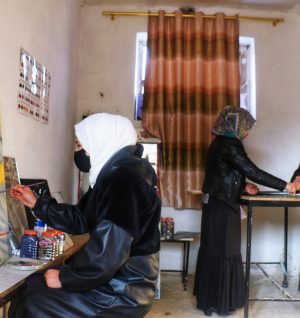
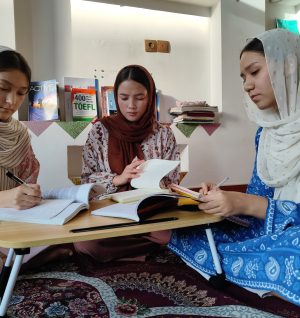
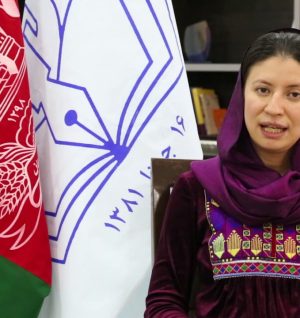

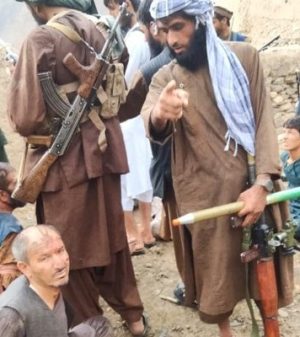
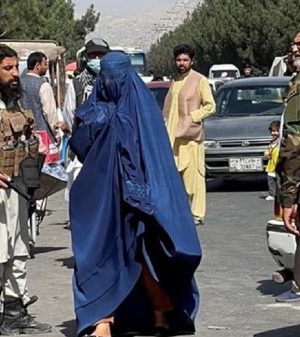
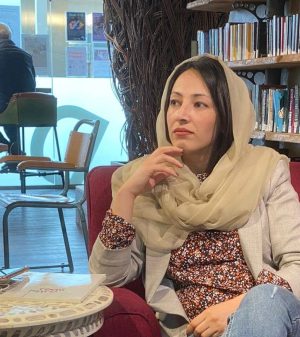
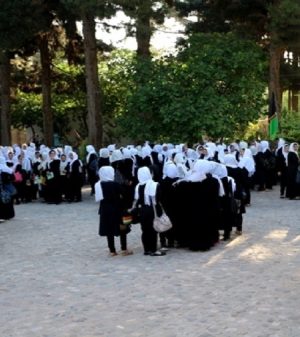
Add Comment